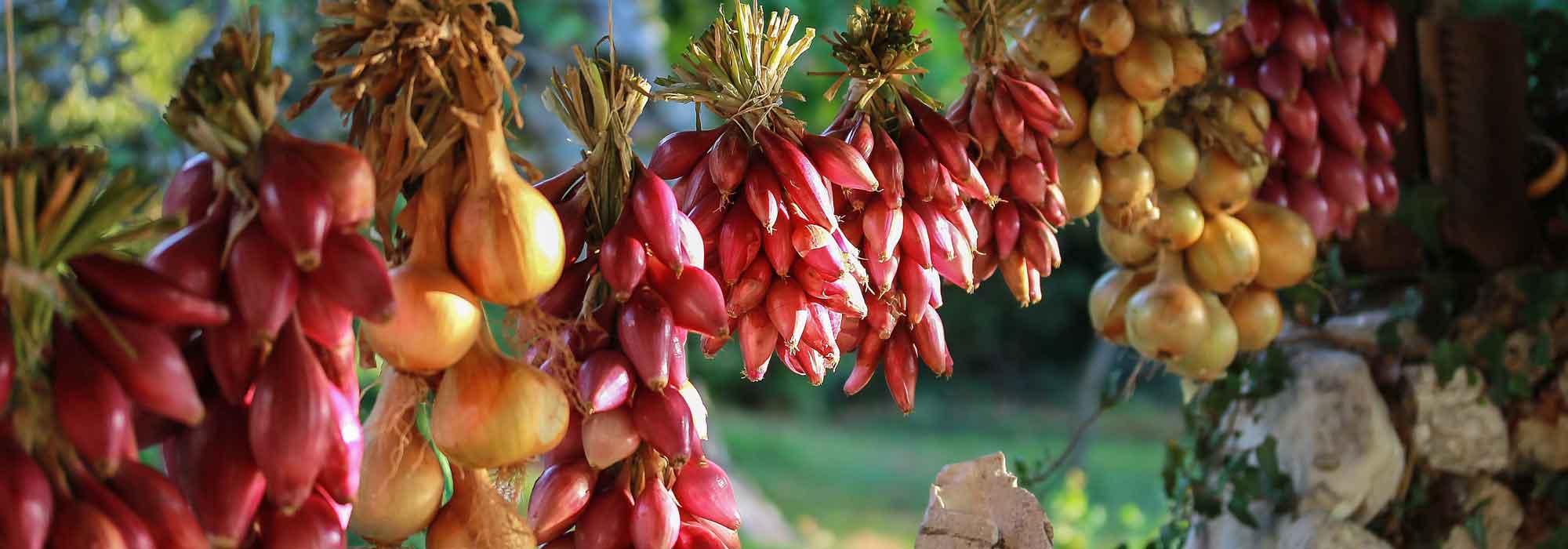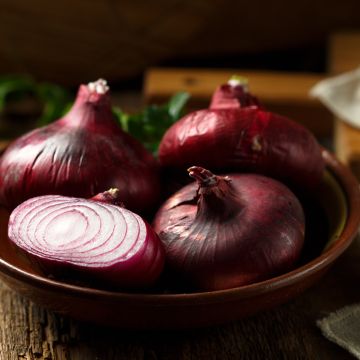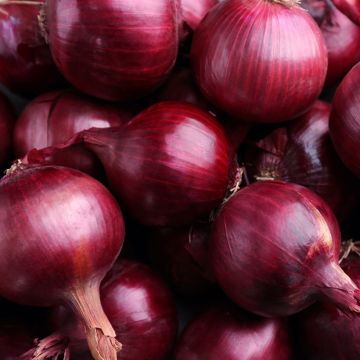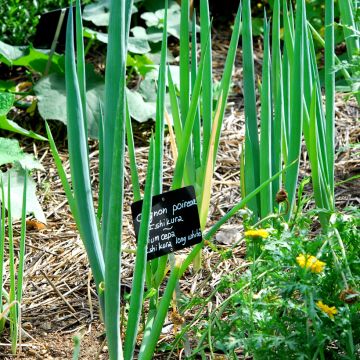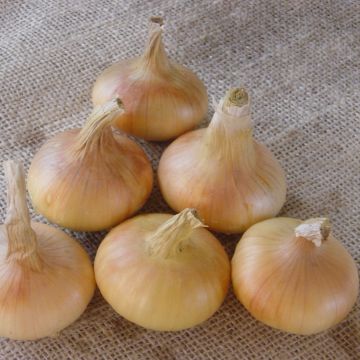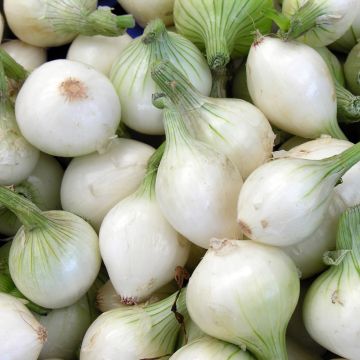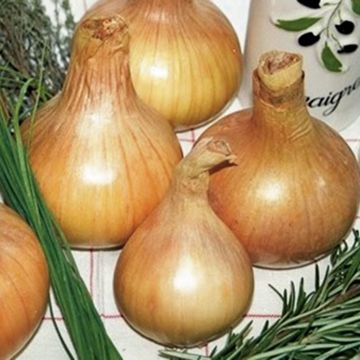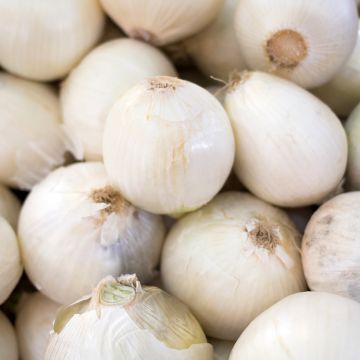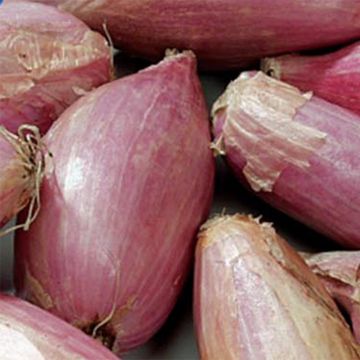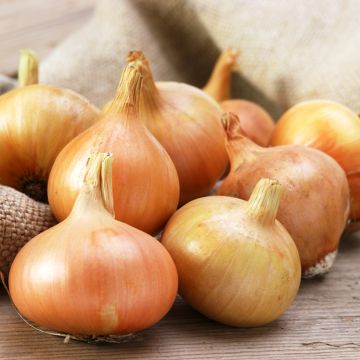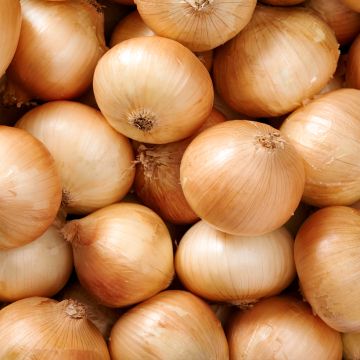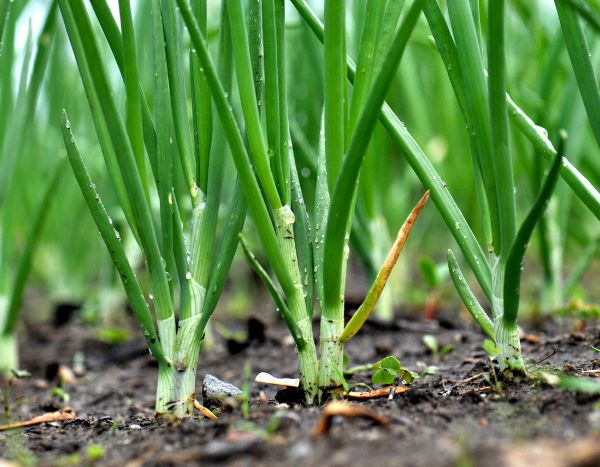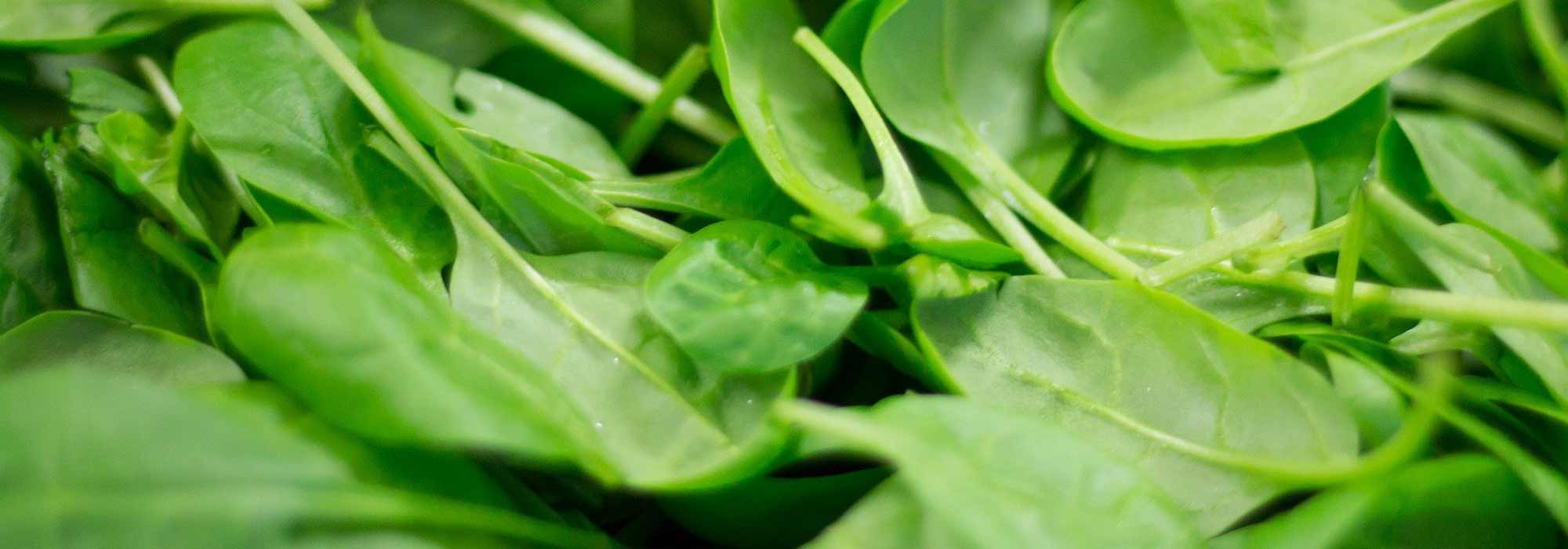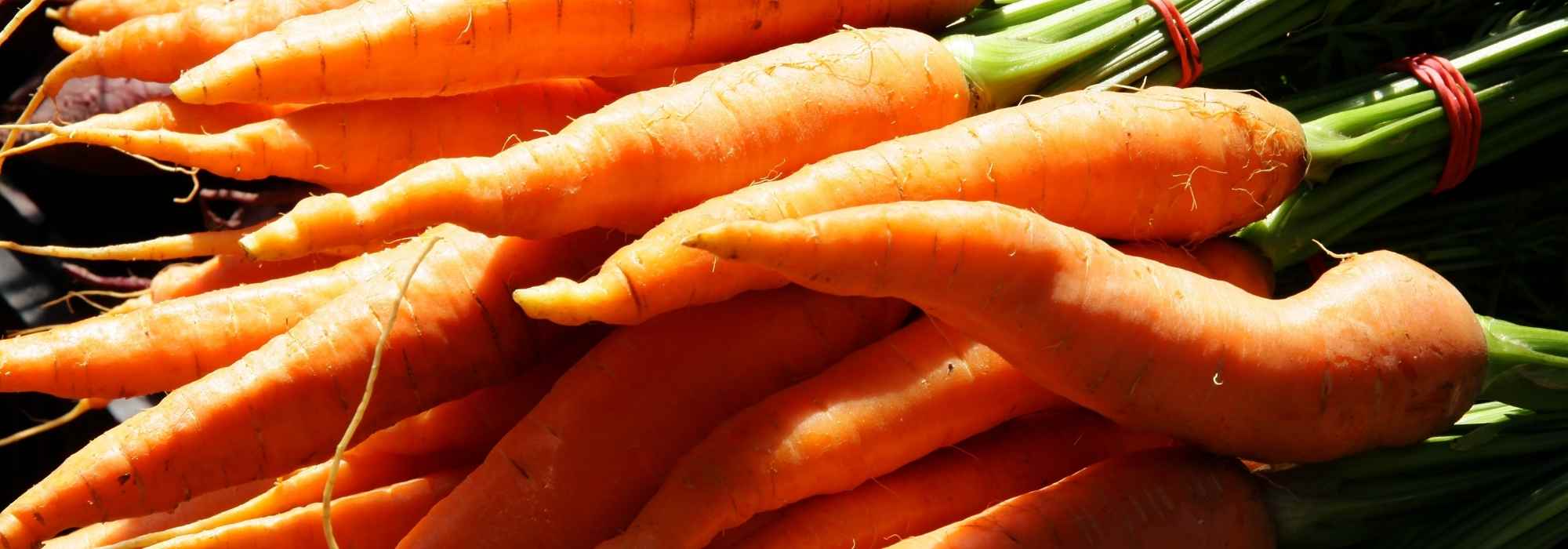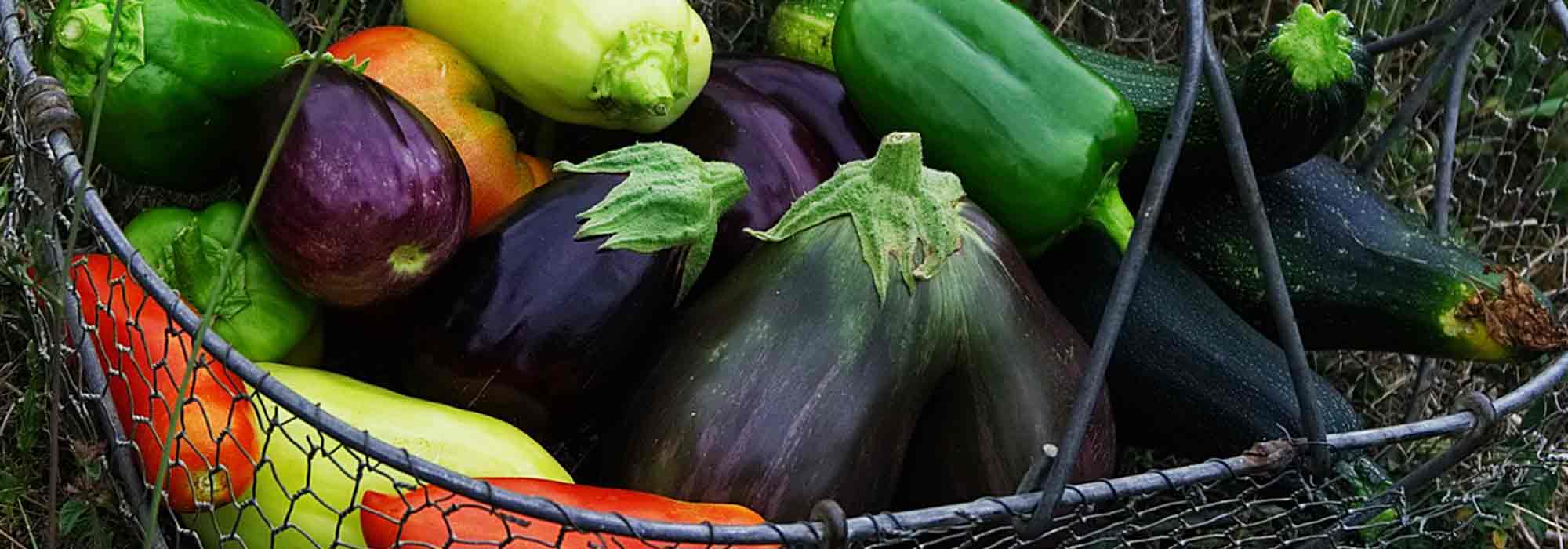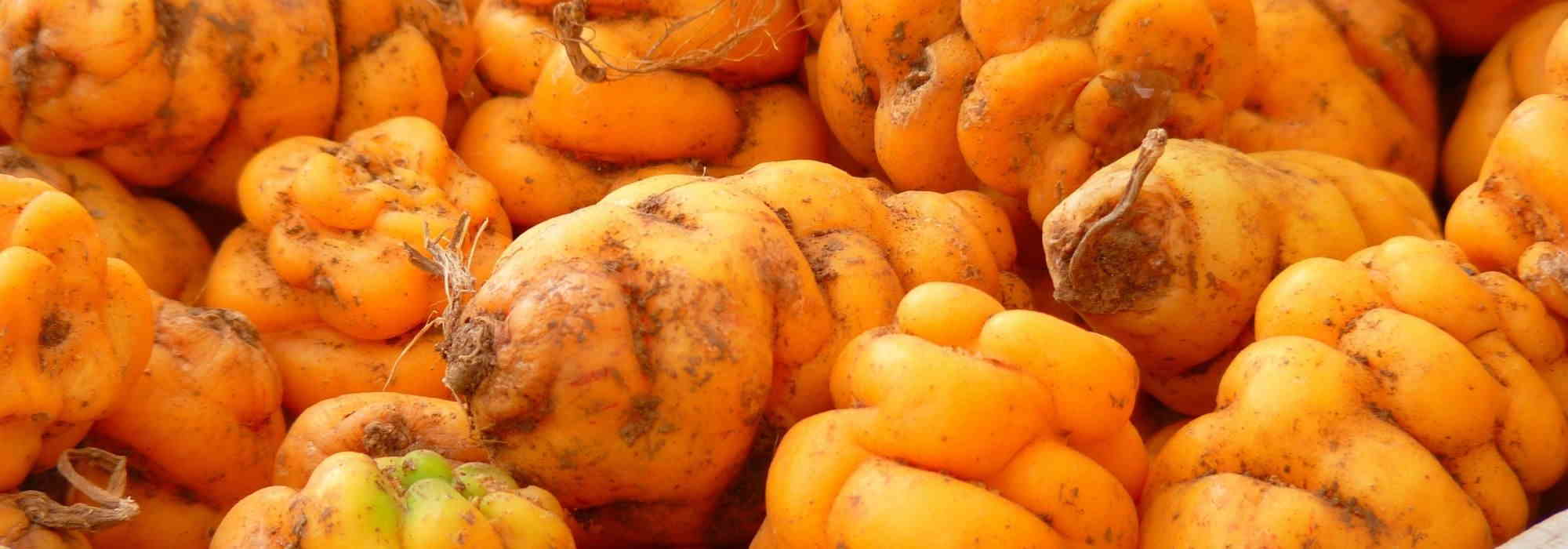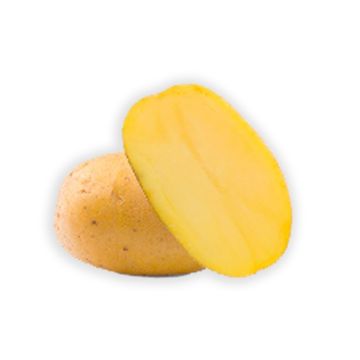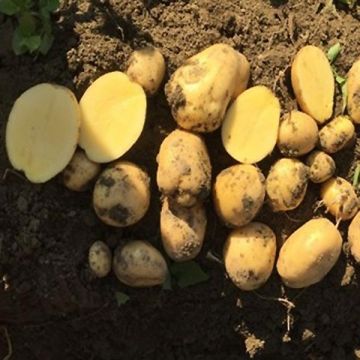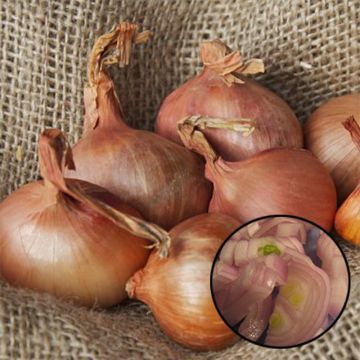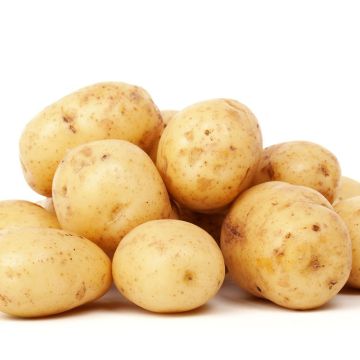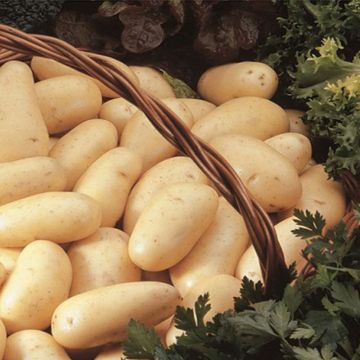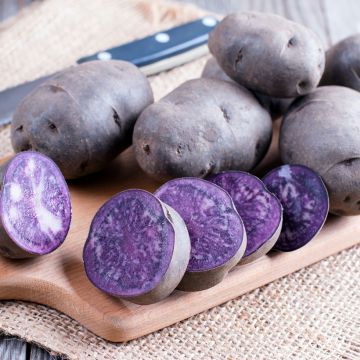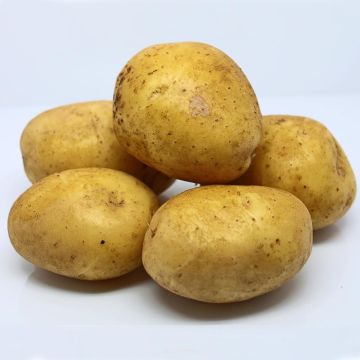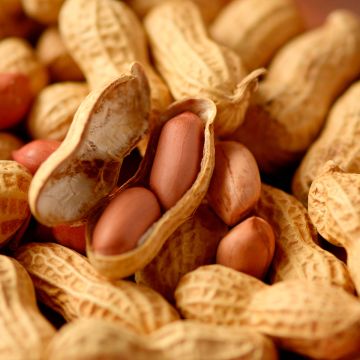

Setton Onion - Allium cepa
Setton Onion - Allium cepa
Allium cepa Setton
Onion, Common onion, Garden onion
Good product.
Matthias R., 15/01/2019
Special offer!
Receive a €20 voucher for any order over €90 (excluding delivery costs, credit notes, and plastic-free options)!
1- Add your favorite plants to your cart.
2- Once you have reached €90, confirm your order (you can even choose the delivery date!).
3- As soon as your order is shipped, you will receive an email containing your voucher code, valid for 3 months (90 days).
Your voucher is unique and can only be used once, for any order with a minimum value of €20, excluding delivery costs.
Can be combined with other current offers, non-divisible and non-refundable.
Home or relay delivery (depending on size and destination)
Schedule delivery date,
and select date in basket
This plant carries a 6 months recovery warranty
More information
We guarantee the quality of our plants for a full growing cycle, and will replace at our expense any plant that fails to recover under normal climatic and planting conditions.


Description
The 'Setton' Onion is a variety that produces long yellow onions with a pronounced flavour. It is a variety that offers good yields and is well suited for winter storage. Plant the bulblets from February to April (or in autumn for mild climates) and harvest in July and August.
The onion is an herbaceous plant that produces a single bulb topped with hollow, cylindrical stems. It belongs to the Liliaceae family, like garlic, shallots, and chives. The onion is primarily cultivated for its bulb and sometimes for its stems, which are consumed in the same way as chives.
There are three groups of onions, distinguished by the colour of their bulbs:
- the white onions, which are early varieties, consumed while young in stir-friess or pickled in vinegar,
- the yellow onions, which are storage varieties, often consumed cooked (in soups, savoury pastries, or as preserves accompanying cheese or charcuterie),
- the red onions, which are usually consumed raw in salads or cooked.
There are also less common pink onions, such as the 'Roscoff' pink onion.
Rich in vitamins A, B, C, and minerals, onions are often more digestible when cooked and develop a sweeter flavour. To avoid crying while cutting an onion, you can sharpen your knife, peel it under running water, in a basin of water, or wear swimming goggles!
Historically, onions originate from Central Asia, where they have been consumed for over 6000 years. They were also found in the tombs of the pharaohs as provisions where their therapeutic and gustatory virtues were already recognised. The Romans later introduced onions throughout Western Europe. It is worth mentioning that Christopher Columbus introduced onions to the Americas during his second voyage.
Harvesting: White onions should be harvested in spring when the foliage is still green. Coloured onions (yellow, pink and red) should be harvested in summer when the stems are completely dried and laid flat on the ground. Gently pull them out and let them dry for two to three days directly on the ground in the sun. Remove any excess dried soil by lightly rubbing them.
Storage: Onions can be stored for several months under good conditions. If the condition of the stems allows, you can braid them and hang the resulting bunches. Otherwise, cut off the leaves and store the onions in a dark, cool, dry, and well-ventilated place. Check beforehand that they have not been bruised to prevent rotting, which could contaminate the entire harvest.
Gardening tip: Alternate rows of onions and carrots to keep carrot fly and onion fly away. Additionally, onions thrive when planted alongside beets, strawberries, and lettuces.
Harvest
Plant habit
Foliage
Other Onions
View all →Planting and care
Onions thrive and grow in all types of soils, preferably light and well-drained. The soil should not have received any manure for at least a year. Choose a sunny spot. Onions are sensitive to excess moisture, which can cause the bulbs to rot. If your soil is very wet, add some sand to it. Planting on mounds will facilitate water drainage and slightly increase the soil temperature.
Bulblets are very young onions that are planted in spring, from February to April. In regions with mild winters, they can be planted in autumn, in October-November. Planting bulblets requires less weeding than sowing, while ensuring a good harvest.
Loosen the soil. Space the rows 25 cm (10in) apart. Build up the soil along the entire row to form a mound 10 to 15 cm (4 to 6in) high. Flatten the top. Plant the onion bulblets every 15 cm (6in), with the point facing upwards, by lightly pressing them into the soil. Cover with a little fine soil, making sure the point is level with the ground. Watering is not necessary.
Regularly hoe, especially in the beginning. Mulching is not necessary.
Onions dislike excessive nitrogen, so avoid planting them after green manure or legumes from the Fabaceae family (beans, peas, broad beans). Rotate approximately every 5 years before growing onions again on the same beds.
Cultivation
Care
Intended location
Planting & care advice
-
, onOrder confirmed
Reply from on Promesse de fleurs
Similar products
Haven't found what you were looking for?
Hardiness is the lowest winter temperature a plant can endure without suffering serious damage or even dying. However, hardiness is affected by location (a sheltered area, such as a patio), protection (winter cover) and soil type (hardiness is improved by well-drained soil).

Photo Sharing Terms & Conditions
In order to encourage gardeners to interact and share their experiences, Promesse de fleurs offers various media enabling content to be uploaded onto its Site - in particular via the ‘Photo sharing’ module.
The User agrees to refrain from:
- Posting any content that is illegal, prejudicial, insulting, racist, inciteful to hatred, revisionist, contrary to public decency, that infringes on privacy or on the privacy rights of third parties, in particular the publicity rights of persons and goods, intellectual property rights, or the right to privacy.
- Submitting content on behalf of a third party;
- Impersonate the identity of a third party and/or publish any personal information about a third party;
In general, the User undertakes to refrain from any unethical behaviour.
All Content (in particular text, comments, files, images, photos, videos, creative works, etc.), which may be subject to property or intellectual property rights, image or other private rights, shall remain the property of the User, subject to the limited rights granted by the terms of the licence granted by Promesse de fleurs as stated below. Users are at liberty to publish or not to publish such Content on the Site, notably via the ‘Photo Sharing’ facility, and accept that this Content shall be made public and freely accessible, notably on the Internet.
Users further acknowledge, undertake to have ,and guarantee that they hold all necessary rights and permissions to publish such material on the Site, in particular with regard to the legislation in force pertaining to any privacy, property, intellectual property, image, or contractual rights, or rights of any other nature. By publishing such Content on the Site, Users acknowledge accepting full liability as publishers of the Content within the meaning of the law, and grant Promesse de fleurs, free of charge, an inclusive, worldwide licence for the said Content for the entire duration of its publication, including all reproduction, representation, up/downloading, displaying, performing, transmission, and storage rights.
Users also grant permission for their name to be linked to the Content and accept that this link may not always be made available.
By engaging in posting material, Users consent to their Content becoming automatically accessible on the Internet, in particular on other sites and/or blogs and/or web pages of the Promesse de fleurs site, including in particular social pages and the Promesse de fleurs catalogue.
Users may secure the removal of entrusted content free of charge by issuing a simple request via our contact form.
The flowering period indicated on our website applies to countries and regions located in USDA zone 8 (France, the United Kingdom, Ireland, the Netherlands, etc.)
It will vary according to where you live:
- In zones 9 to 10 (Italy, Spain, Greece, etc.), flowering will occur about 2 to 4 weeks earlier.
- In zones 6 to 7 (Germany, Poland, Slovenia, and lower mountainous regions), flowering will be delayed by 2 to 3 weeks.
- In zone 5 (Central Europe, Scandinavia), blooming will be delayed by 3 to 5 weeks.
In temperate climates, pruning of spring-flowering shrubs (forsythia, spireas, etc.) should be done just after flowering.
Pruning of summer-flowering shrubs (Indian Lilac, Perovskia, etc.) can be done in winter or spring.
In cold regions as well as with frost-sensitive plants, avoid pruning too early when severe frosts may still occur.
The planting period indicated on our website applies to countries and regions located in USDA zone 8 (France, United Kingdom, Ireland, Netherlands).
It will vary according to where you live:
- In Mediterranean zones (Marseille, Madrid, Milan, etc.), autumn and winter are the best planting periods.
- In continental zones (Strasbourg, Munich, Vienna, etc.), delay planting by 2 to 3 weeks in spring and bring it forward by 2 to 4 weeks in autumn.
- In mountainous regions (the Alps, Pyrenees, Carpathians, etc.), it is best to plant in late spring (May-June) or late summer (August-September).
The harvesting period indicated on our website applies to countries and regions in USDA zone 8 (France, England, Ireland, the Netherlands).
In colder areas (Scandinavia, Poland, Austria...) fruit and vegetable harvests are likely to be delayed by 3-4 weeks.
In warmer areas (Italy, Spain, Greece, etc.), harvesting will probably take place earlier, depending on weather conditions.
The sowing periods indicated on our website apply to countries and regions within USDA Zone 8 (France, UK, Ireland, Netherlands).
In colder areas (Scandinavia, Poland, Austria...), delay any outdoor sowing by 3-4 weeks, or sow under glass.
In warmer climes (Italy, Spain, Greece, etc.), bring outdoor sowing forward by a few weeks.






























